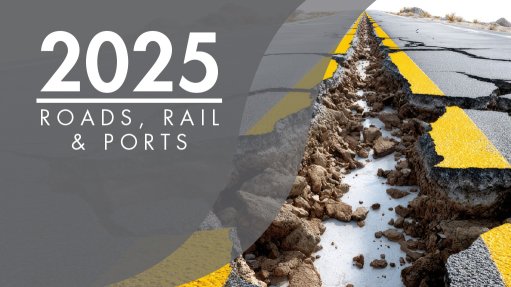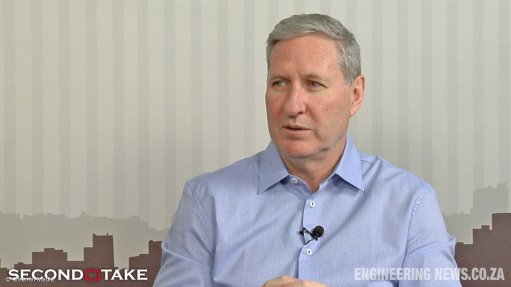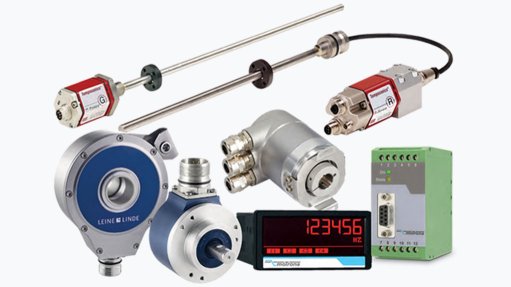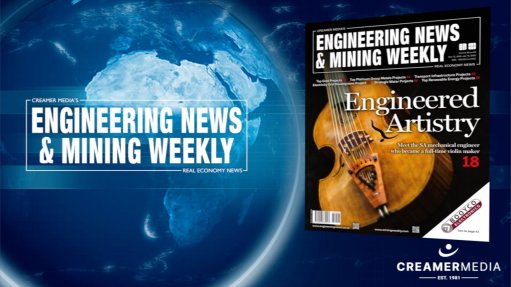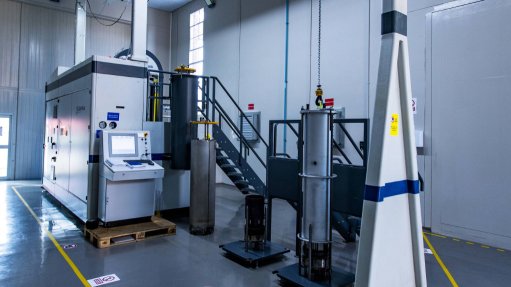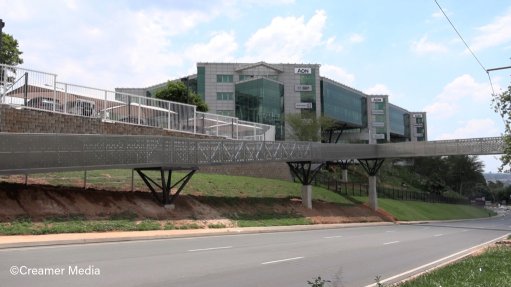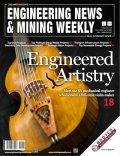Yet another global rare earths advance amid more smart testwork in Joburg lab
JOHANNESBURG (miningweekly.com) – More smart testwork in the Johannesburg laboratory of Rainbow Rare Earths has enabled yet another forward leap for rare earth elements (REEs), at a time when REEs are in growing demand for use in permanent magnets to help the world go green and clean.
On September 1, the London-listed Rainbow Rare Earths shot the lights out with an exceptionally pure rare earth recovered from waste on a dump in South Africa’s Limpopo province.
Now, 22 days later, it has streaked ahead still further through the major cerium depletion advance for light and heavy magnet REEs.
Cerium, a low-value $1/kg REE, constitutes a large portion of REE material, which makes its early depletion ahead of final separation highly desirable as it reduces the flow and simplifies subsequent hydrometallurgical processes. This lowers the required reagent and water consumption, which in turn results in a smaller separation plant with reduced capital and operating costs.
Cerium being down 65% lifts grade still higher as multiple tests have confirmed.
The workstream that is expected to be finalised in the last quarter of this year will be high-purity neodymium and praseodymium oxide, and a heavy rare earth concentrate that will include the very high value dysprosium and terbium.
The Phalaborwa project is one of the world’s most resilient rare earths projects in that it recovers REEs from phosphogypsum stacks, a waste product from phosphoric acid production, which eliminates many of the costs, risks and long timescales associated with traditional mining projects.
The potential to become a very low-cost producer of light and heavy REEs, and one of the highest-margin projects in development globally, is being increasingly recognised against a backdrop of the Western world finally recognising the underpinning by REEs of the functionality of so many of the emerging and advanced technologies that are required by twenty-first-century society.
The latest cerium depletion advance on top of the earlier exceptional purity primary continuous ion exchange (CIX) achievement, also reduces the volumetric flow for the mixed feed stream entering the final separation circuit, which lowers capital and operating costs for this portion of the flowsheet.
The incorporation of the cerium depletion step to the flowsheet of the Phalaborwa project has helped to reduce the volumetric flow to the separation circuit to 2% of the original 340 m3/h pregnant leach solution coming into the CIX circuit, and has the added benefit of 27% less metal going into the circuit.
Being highlighted is distinctive intellectual property in the recovery of REEs from phosphogypsum through the Phalaborwa project.
The cerium rejection step simplifies the feed entering the final separation circuit, both in terms of volume and in terms of the amount of unwanted metal that must be separated.
“These results demonstrate the exceptional work being carried out by our team at our in-house facility in Johannesburg, which is a world-class laboratory at the cutting-edge of REE recovery techniques,” Rainbow Rare Earths CEO George Bennett pointed out on a media release to Mining Weekly.
Rainbow’s large pilot plant was built in collaboration with Mintek, South Africa’s Council for Mineral Technology, which derives its mandate from the Minerals Technology Act.
The availability of phosphogypsum is the result of the mining of a hard-rock phosphate deposit, which has been carried out by Foskor for the last 60 years.
The mined material is concentrated through a flotation process into a phosphate slurry, which over the period has been the feed for a nearby phosphoric acid plant, where two key ingredients were added, namely sulphuric acid and heat to create phosphoric acid.
The rare earths in the phosphate slurry were further upgraded in the phosphoric acid sludge in the phosphoric acid plant and then that phosphoric acid production created a gypsum waste residue that was transported in a concentrated form to the gypsum stacks. In conjunction with Mintek, Rainbow has developed a one-of-a-kind flowsheet that enables the commercial extraction of key rare earths out of the phosphogypsum.
Displayed on a large screen during a presentation at Mintek were an old opencast mine that had been mined for many years, an old Sasol phosphoric acid plant that had not been operating for ten years, and two unlined environmentally hazardous gypsum stacks.
Rainbow’s project is on its way to clean this up in an environment-friendly manner.
The power-lined site has a high-voltage switchyard, reflecting the advantages of brownfield project development.
Article Enquiry
Email Article
Save Article
Feedback
To advertise email advertising@creamermedia.co.za or click here
Comments
Press Office
Announcements
What's On
Subscribe to improve your user experience...
Option 1 (equivalent of R125 a month):
Receive a weekly copy of Creamer Media's Engineering News & Mining Weekly magazine
(print copy for those in South Africa and e-magazine for those outside of South Africa)
Receive daily email newsletters
Access to full search results
Access archive of magazine back copies
Access to Projects in Progress
Access to ONE Research Report of your choice in PDF format
Option 2 (equivalent of R375 a month):
All benefits from Option 1
PLUS
Access to Creamer Media's Research Channel Africa for ALL Research Reports, in PDF format, on various industrial and mining sectors
including Electricity; Water; Energy Transition; Hydrogen; Roads, Rail and Ports; Coal; Gold; Platinum; Battery Metals; etc.
Already a subscriber?
Forgotten your password?
Receive weekly copy of Creamer Media's Engineering News & Mining Weekly magazine (print copy for those in South Africa and e-magazine for those outside of South Africa)
➕
Recieve daily email newsletters
➕
Access to full search results
➕
Access archive of magazine back copies
➕
Access to Projects in Progress
➕
Access to ONE Research Report of your choice in PDF format
RESEARCH CHANNEL AFRICA
R4500 (equivalent of R375 a month)
SUBSCRIBEAll benefits from Option 1
➕
Access to Creamer Media's Research Channel Africa for ALL Research Reports on various industrial and mining sectors, in PDF format, including on:
Electricity
➕
Water
➕
Energy Transition
➕
Hydrogen
➕
Roads, Rail and Ports
➕
Coal
➕
Gold
➕
Platinum
➕
Battery Metals
➕
etc.
Receive all benefits from Option 1 or Option 2 delivered to numerous people at your company
➕
Multiple User names and Passwords for simultaneous log-ins
➕
Intranet integration access to all in your organisation








